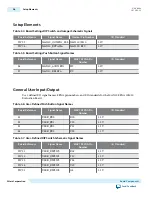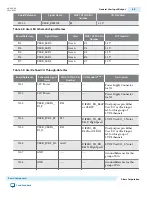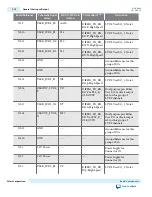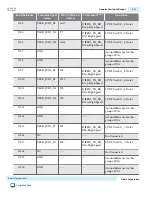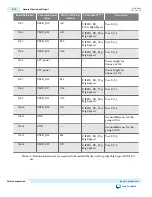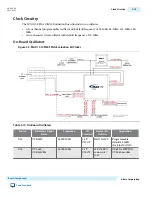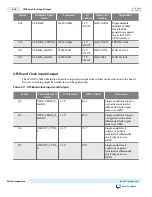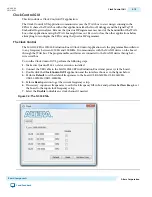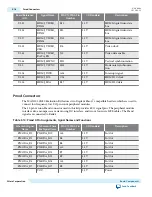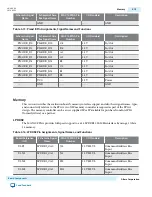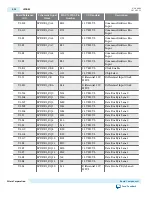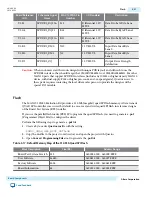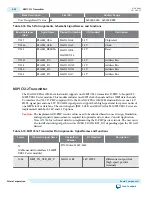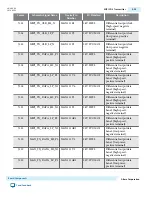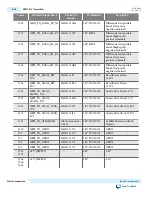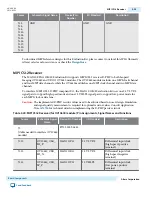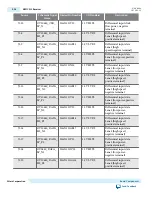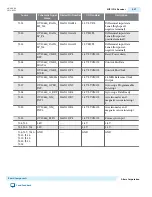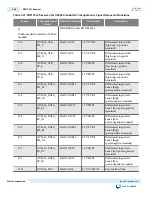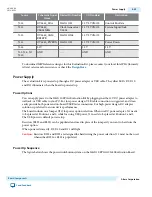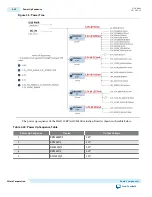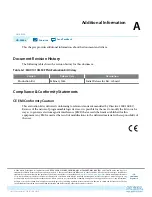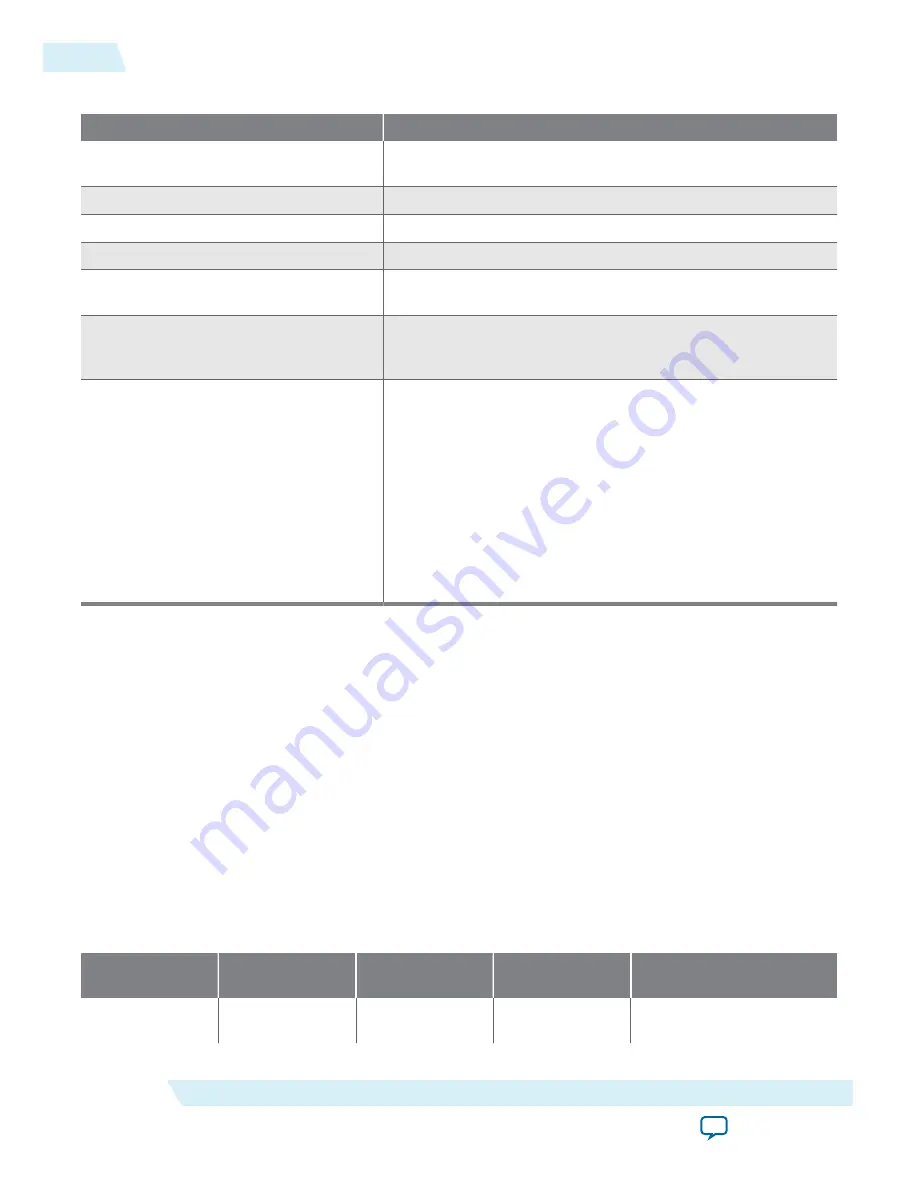
Table 3-12: The Clock Control Tab
Control
Description
F_vco
Displays the generating signal value of the voltage-controlled
oscillator
Registers
Display the current frequencies for each oscillator
Frequency (MHz)
Allows you to specify the frequency of the clock
Disable
Disable each oscillators as required
Read
Reads the current frequency setting for the oscillator associated
with the active tab
Default
Sets the frequency for the oscillator associated with the active
tab back to its default value. This can be also be accompanied
by power cycling the board.
Set New Freq
Sets the programmable oscillator frequency for the selected
clock to the value in the CLK0 and CLK3 controls. Frequency
changes might take several milliseconds to take effect. You
might see glitches on the clock during this time. Altera
recommends resetting the FPGA logic after changing frequen‐
cies.
Note: Changing CLK0 of Si5338 will affect the Clock/
Power GUI. Once clock from Port CLK0 is used to
drive the MAX II device which is working as a 2-
wire serial bus interface connected to Si570, Si5338
and power monitor.
Components and Interfaces
This section describes the evaluation board's ports and optional interface cards relative to the MAX 10
FPGA device.
HDMI Video Output
The MAX 10 10M50 evaluation kit supports one HDMI transmitter and one HDMI receptacle. The
transmitter incorporates HDMI v1.4 features, and is capable of supporting an input data rate up to 165
MHz (1080p @ 60Hz, UXGA @ 60Hz). The connection between HDMI transmitter and MAX 10 is
established in Bank 7, and the communication can be done via I2C interface.
Table 3-13: HDMI Pin Assignments, Signal Names and Functions
Board Reference
(U3)
Signal Name
MAX 10 FPGA Pin
Number
I/O Standard
Description
U3.62
HDMI_VIDEO_
DIN0
J12
3.3 V
HDMI digital video data
bus
3-16
Components and Interfaces
UG-20006
2016.02.29
Altera Corporation
Board Components
Send Feedback







